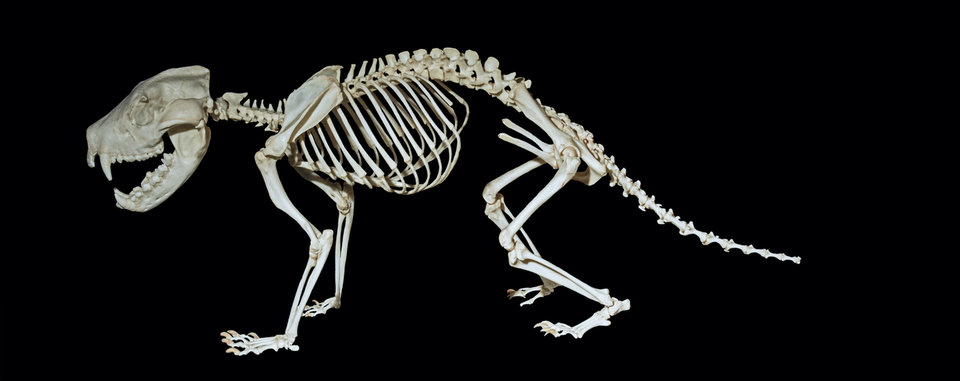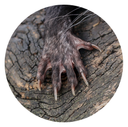

skull:largeskullsupportsdense jaws
teeth:42large,sharpteeth;molarscancrush boneandtearskin;caninesoftenstickoutofthemouthwhenitis closed
frontlegs:longerthanbacklegs,whichcausesaloping gait

claws:usedfordiggingdensandclimbing trees


eyes:seeinblackandwhite,whichisusefulfordetectingmovementof prey
fur:darkbrownorblack,oftenwithawhitestripeacrossthechestandlightermarkingsontheshouldersand rump
tail:longandthickatthebase;storesfatfortimeswhenfoodis scarce
pouch:backward-facingpouchprovidesasafespacefornewbornsto grow
whiskers:positionedinclumpsontopoftheeyesandmouth;helpdevilsfeelforfoodinthe dark

ears:nearlyhairlessearsamplifysound;thinskinontheearscausesthemtoappearredwhendevilsareexcitedor stressed
Duringatypicalnightofhunting,aTasmaniandevilmighttravel16kilometers(10 miles).